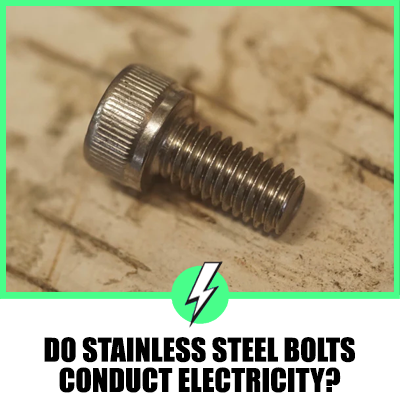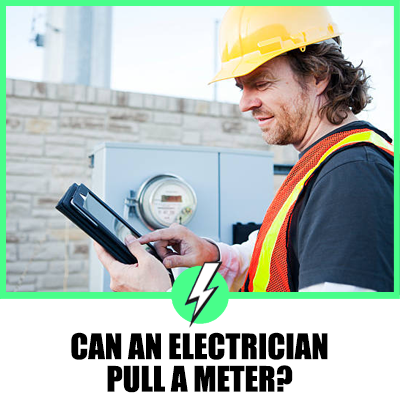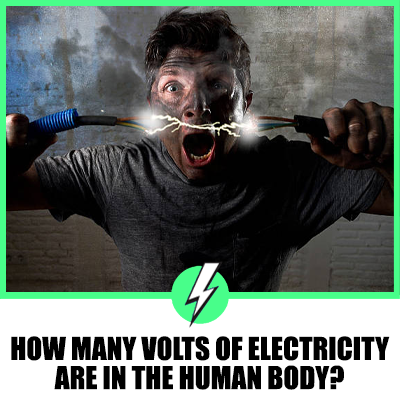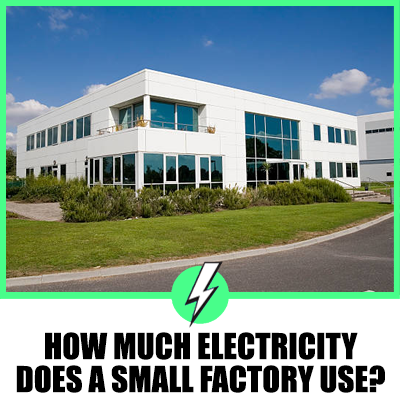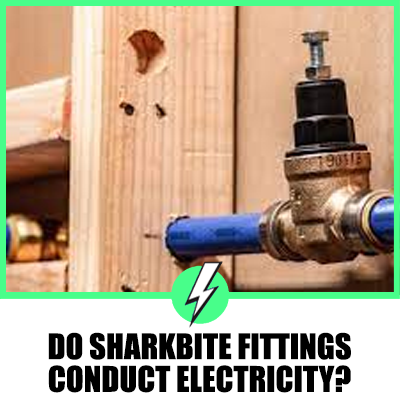Can a Shed Have Electricity? A Comprehensive Guide for the UK and US Audience
Having a shed in your backyard can serve multiple purposes.
From being a storage space to a workshop or even a home office.
But what if you need electricity in your shed?
Can you have it?
Let’s dive into this topic and address some common questions.
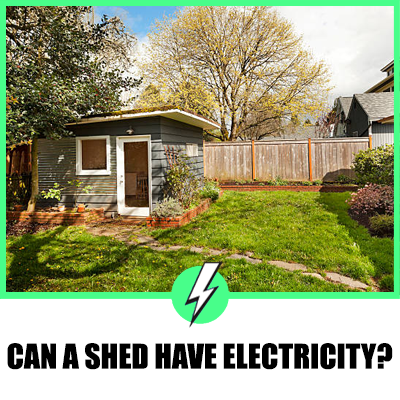
Contents
Do I Need a Permit to Put Electricity in My Shed?
In most areas, if you’re planning to run electricity to your shed, you will likely need a permit.
This is especially true if you live in an area with zoning or building restrictions.
Even if your shed didn’t require a permit to be built, electrifying it might.
Before starting any electrical work, always check with your local zoning or building authority.
They can provide guidance on what documentation is needed for permit approval and inform you about local electrical codes.
What is the Largest Shed Without a Permit?
The size of a shed that can be built without a permit varies by location.
Some areas might allow sheds up to a certain square footage without a permit, while others might have stricter regulations.
It’s essential to check local regulations before building.
For instance, in Oregon, specific alterations to existing homes, including electrical changes, require permits.
However, replacing broken electrical outlets or light fixtures with similar ones might not need a permit.
Do I Need a Building Permit for a Shed in NC?
Building regulations can vary widely from one state to another and even within different municipalities of the same state.
In North Carolina, for example, whether or not you need a building permit for a shed depends on the shed’s size and the county or city regulations.
Always consult with your local building department to understand the specific requirements for your area.
What Do I Need to Run Electricity to My Shed?
To run electricity to your shed, you’ll need:
- Planning: Have a clear idea of where you want outlets, lights, and any other electrical fixtures.
- Permit: As discussed, most areas will require a permit to run electricity to a shed.
- Underground Wiring: If your shed is separate from your house, you’ll likely need to run the electrical wiring underground. This involves digging a trench and using a conduit to protect the wires.
- Breaker Box: Inside the shed, you’ll need a breaker box, which will distribute electricity to the various outlets and fixtures in the shed.
- Professional Help: While you might be able to handle some of the work yourself, it’s often recommended to hire an electrician, especially for the more complex parts of the job.
How Do I Get Electricity Outside My House?
Getting electricity outside your house, whether it’s for a shed, garden lights, or any other purpose, involves a similar process:
- Determine Your Needs: Understand how much power you’ll need. This will dictate the type of wiring and the number of circuits required.
- Safety First: Always ensure that any electrical installations are safe, grounded, and adhere to local codes.
- Underground Wiring: For permanent installations, like a shed or outdoor kitchen, you’ll likely need to run the wires underground.
- Weatherproofing: Ensure that all outdoor outlets and fixtures are weatherproofed to prevent water damage and other issues.
- Professional Installation: For safety and compliance reasons, consider hiring a professional to handle the installation.
Insights from Online Discussions:
- Mr. Electric’s Perspective: While it’s possible to run electricity to a shed, it’s essential to ensure that all installations are up to code and safe. This might involve using GFCI outlets, weatherproof covers, and ensuring proper grounding.
- A-Shed’s Advice: Emphasizes the importance of planning. Before starting any electrical work, have a clear idea of your shed’s layout and where you’ll need power. This will help in determining the amount of wiring, outlets, and other materials required.
- Garage Journal’s Discussion: Highlighted the importance of getting permits. While it might seem like an unnecessary step, having the proper permits can save you from potential legal troubles and fines down the road.
- Outdoor Storage Options’ Guide: Provides a comprehensive guide on the steps involved in wiring a shed. From understanding when you need a permit to the actual installation process, the article offers valuable insights for anyone considering electrifying their shed.
In conclusion
While it’s entirely possible to have electricity in your shed, it’s crucial to do it right.
Ensure you have the necessary permits, adhere to local building codes, and consider hiring professionals for the installation.
With proper planning and execution, you can have a fully powered shed that serves all your needs.

